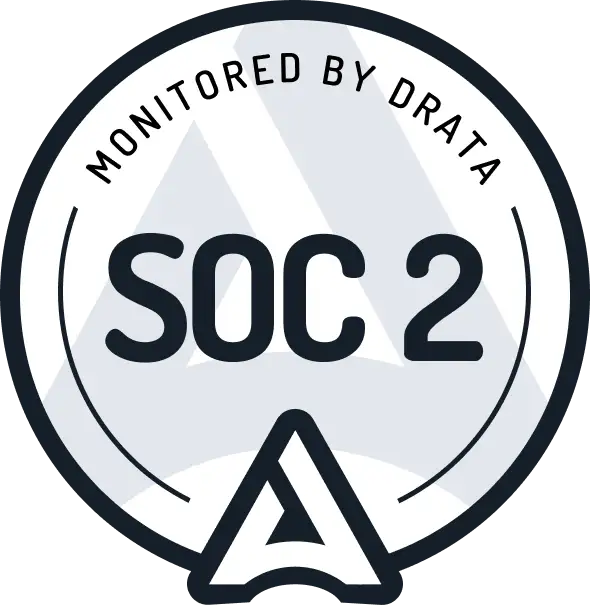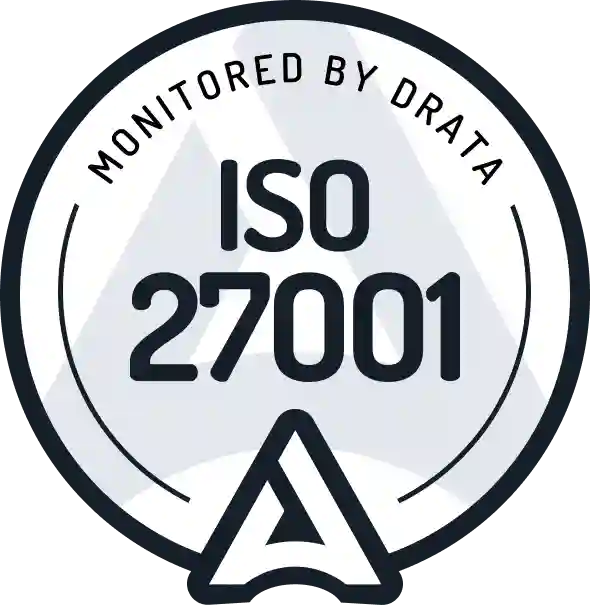30 Old Kings Hwy S Darien, CT, 06820, USA.
we are in the process of achieving the following certifications to ensure the highest standards of security and compliance.We aim to have all three by early Q3, 2025.

SOC 2

ISO 27001

GDPR
30 Old Kings Hwy S Darien, CT, 06820, USA.
750-3, 2nd Floor, Patel Nagar, Civil Lines, Ludhiana, India.
The WordPress® trademark is owned by the WordPress Foundation, and the Woo® and WooCommerce® trademarks are owned by WooCommerce, Inc. Any use of the WordPress®, Woo®, and WooCommerce® names on this website is for identification purposes only and does not imply any endorsement by the WordPress Foundation or WooCommerce, Inc. KloudBean is not affiliated with, endorsed by, or associated with the WordPress Foundation or WooCommerce, Inc.
© 2025 kloudbean.com • All Rights Reserved